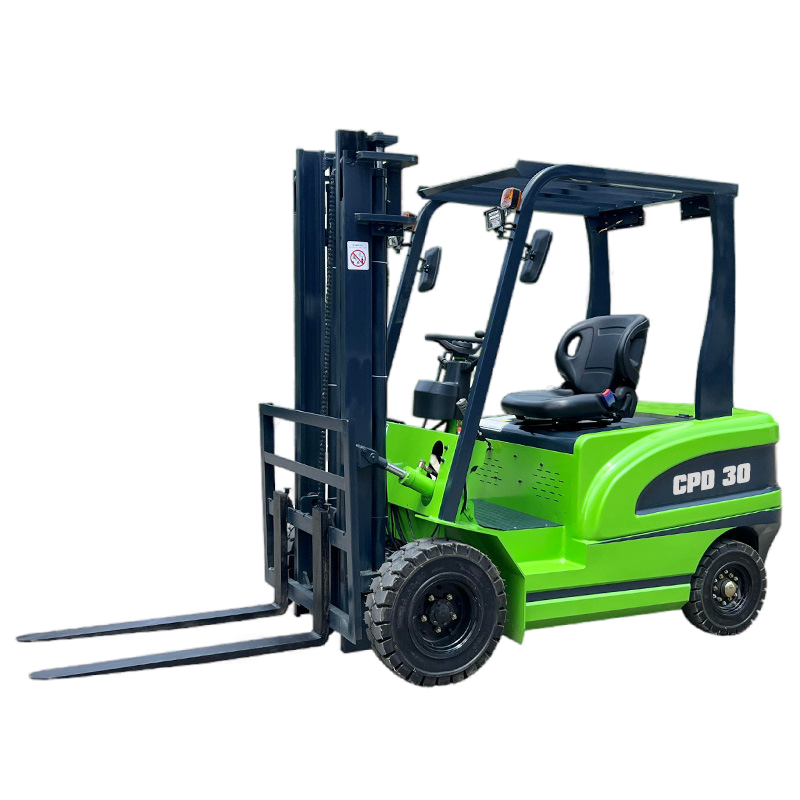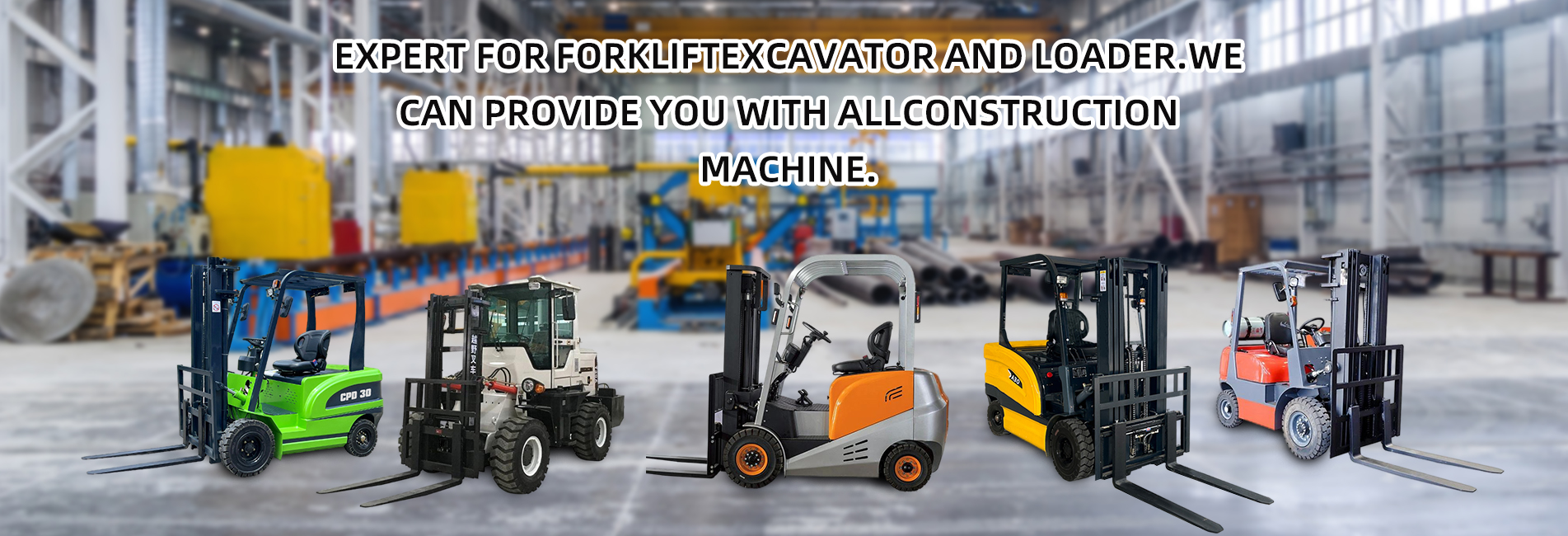Prevention of Fault Codes in Electric Forklifts
The core to preventing fault codes in electric forklifts lies in proactively avoiding fault triggers through daily maintenance + standardized operation + environmental adaptation. After all, fault codes are "early warning signals" of malfunctions; reducing component wear and system abnormalities at the source fundamentally lowers the probability of fault codes appearing.Below are 4 actionable prevention solutions, covering key scenarios such as daily operator tasks, regular maintenance, and environmental adaptation:

1. Daily Basic Maintenance: 5 Minutes per Day Reduces 80% of Common Faults
Focus on high-frequency fault-prone components (battery, hydraulic system, wiring harnesses) — simple operations can eliminate hidden risks:- Battery System Maintenance: Wipe the battery plug clean before charging (to prevent oxidation). Avoid overcharging (disconnect power promptly after full charge; do not charge overnight) and deep discharging (stop operation and charge when battery level drops below 20%; do not force operation). For long-term inactivity, recharge the battery once a month to maintain a 50%-70% charge level.
- Key Fluid Level Check: Before starting the forklift daily, check the levels of hydraulic oil and coolant (ensure they are within the marked range). Refill with the correct type of fluid if low (do not mix different fluid types) to avoid fault codes triggered by low fluid levels in the hydraulic or cooling systems.
- Wiring Harness and Plug Protection: Inspect wiring harnesses at the forklift’s turning points and near the mast (to prevent crushing and breakage). Ensure plugs are fully inserted and not loose. After operation in rainy weather, wipe dry the charging port and battery plug (to prevent short circuits).
- Cleaning of Heat Dissipation Components: Wipe the cooling fans of the motor and controller once a week (to prevent dust blockage), avoiding fault codes caused by poor heat dissipation (e.g., motor overheating and controller overload).
2. Standardized Operation: Avoid Component Overload from "Rough Use"
Many fault codes stem from improper operation; standardized procedures significantly reduce wear:- Smooth Start/Stop and Operation: Avoid frequent rapid acceleration or sudden braking (to reduce impact on the motor and controller). Start slowly when carrying heavy loads and avoid prolonged full-load operation when climbing slopes (to prevent motor overheating and fault code activation).
- No Unauthorized Operation: Do not overload (e.g., do not lift 4 tons with a 3-ton forklift) or apply uneven loads. Do not operate fork lifting/lowering and steering simultaneously (to reduce pressure on the hydraulic system), preventing fault codes triggered by overload (e.g., abnormal pressure, motor phase loss).
- Pre-Start Self-Inspection: After powering on daily, conduct a no-load test to check if steering, braking, and fork lifting/lowering function normally. If the display shows minor alerts (not yet fault codes), troubleshoot promptly — do not operate with "minor abnormalities".
3. Environmental Adaptation: Adjust Based on Working Conditions to Reduce Environmental Triggers
Different environments cause varying degrees of forklift wear; targeted protection avoids environment-induced fault codes:- High-Temperature Environments (Summer/Outdoor): Avoid operating under direct sunlight at noon. Stop operation every 2 hours to cool down for 10 minutes (to prevent battery and motor overheating). Keep the battery box ventilated — do not store it in a sealed space.
- Humid/Dusty Environments (Warehouses/Construction Sites): Operate indoors as much as possible on rainy days. Install protective devices on the forklift’s bottom (to prevent rainwater from splashing into the motor). In dusty scenarios, clean the hydraulic system filter element weekly (to prevent blockage and abnormal pressure).
- Slopes and Narrow Spaces: Do not drive horizontally on slopes (to prevent tipping and activation of safety system fault codes). Slow down when steering in narrow spaces (to prevent pulling and breaking of mast wiring harnesses).
4. Regular Professional Maintenance: Scheduled "Check-Ups" for Core Components
Beyond daily maintenance, professional inspections help detect hidden issues in advance:- Monthly Inspections: Arrange maintenance personnel to test the battery cell voltage (to prevent cell imbalance and battery fault codes) and hydraulic system pressure (to prevent abnormal pressure).
- Quarterly/Annual Maintenance: Follow the manufacturer’s manual to replace hydraulic oil filters and air filters; calibrate brake sensors and fluid level sensors (to prevent false fault codes from sensor failure); inspect the operating status of the motor and controller, and replace aging components promptly.
Key Reminder: Address Abnormal Premonitions Promptly
If the forklift shows premonitions of issues (before fault codes are triggered) — such as "weak acceleration, stuck steering, slow charging" — do not force operation; troubleshoot immediately. Delaying the resolution of minor problems will lead to full malfunctions, trigger fault codes, and even cause more severe damage.



